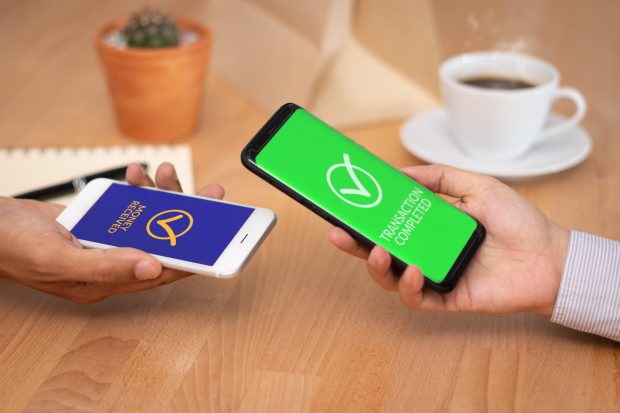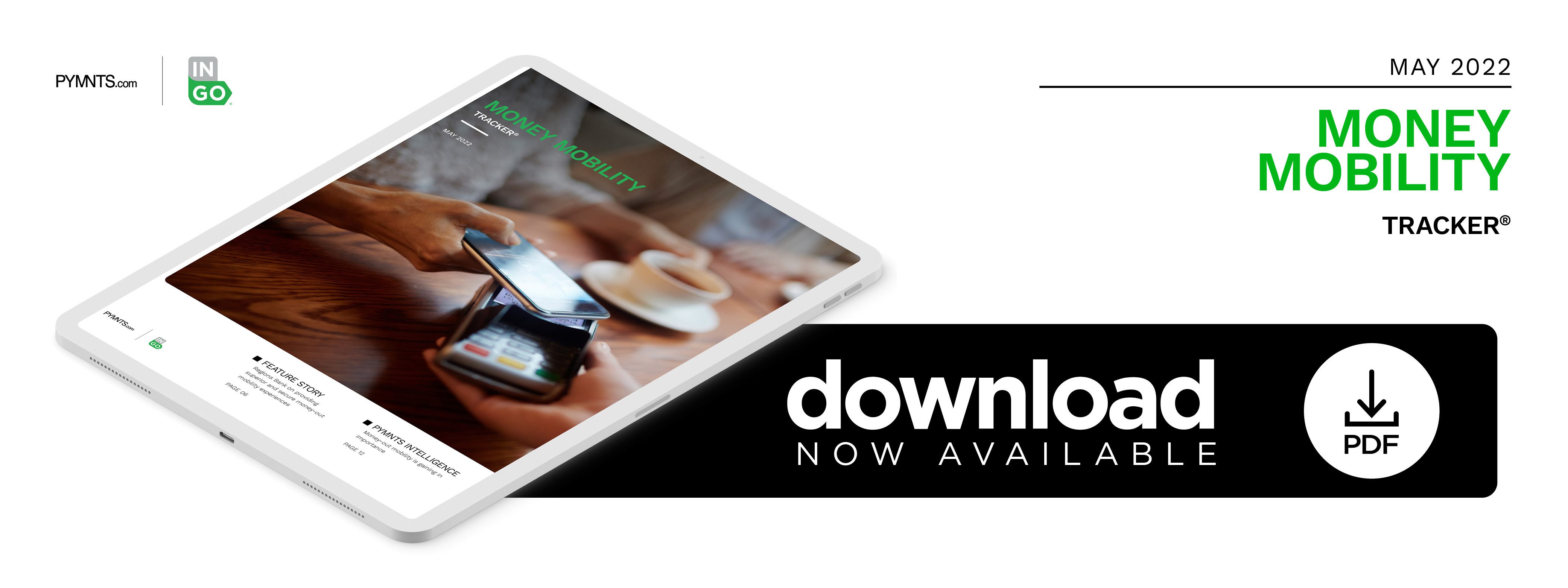PYMNTS Intelligence: The Growing Importance of Money-Out Mobility for Consumers and Businesses

Digital payments and banking had been on the rise for years when the pandemic’s shutdown of physical storefronts pushed much of retail and banking online. Recent PYMNTS research found that 69% of all consumers now bank using their financial institutions’ (FIs) mobile apps, and 47% of these consumers use these apps at least once per week. Additionally, 17% of consumers opened accounts with peer-to-peer (P2P) payment apps and digital wallets, while 15% opened accounts with digital-only banks.
These findings indicate a record level of demand for fast money movement, with consumers and businesses both desiring to move their money out of one place and into another immediately. This demand for immediate money mobility often runs into an inconvenient reality, however, with FIs facing obstacles such as irreversible transactions or slow account-closing processes. There are more digital payment options than ever, and customers will quickly move on if FIs do not meet their money-out payment demands.
The following PYMNTS Intelligence examines the obstacles to fast money movement out of accounts. It also explores how FIs can overcome these challenges to enable swift money-out mobility for their customers.
Challenges in fast money movement
Customers are looking for fast, frictionless and secure payments, according to a recent global study from Experian, and they are willing to reward FIs and other businesses that provide these experiences. Eighty-one percent of customers surveyed said that a positive experience makes them think more highly of the brand that provided it, and businesses can reap monetary gains from this positive attitude. The last three months saw 53% of customers increasing their spending via digital channels, and 50% say this increase will continue in the next three months, meaning a significant boost for their transaction partners.
Many businesses and banks are not meeting these money-out demands, however, especially in data privacy and security. Experian’s report found that 52% of consumers were concerned about their online transaction security, with 42% saying their concerns had grown during the past 12 months. Nearly three-quarters of consumers say they expect businesses to protect them when transacting online, but just 23% said they were confident in these efforts. Customers also feel that they have done enough on their end to keep themselves safe, with 57% saying they are willing to share personal data if it means more secure transactions and fraud prevention.
Banks and businesses must step up to the plate to enable the seamless and secure money-out mobility their customers demand. There are a variety of ways they can go about doing this.
Enabling money-out mobility
Improving money mobility, inclusive of outbound money flows, comes down to two options, according to Ingo Money CEO Drew Edwards: build versus buy. Edwards said in a recent interview with PYMNTS that many FinTechs are tempted to construct infrastructure in-house to improve their money mobility. This is much easier said than done, as building the infrastructure is only half the battle. The other half involves the intricate process of integrating the countless payment choices customers expect. A FinTech might start with Automated Clearing House (ACH) and push-to-card payments, then quickly realize that they need PayPal, Venmo and real-time payments, for example.
“The maintenance and ongoing operation of multiple rails can be misunderstood unless you’ve actually done it before,” Edwards said to PYMNTS. “It becomes, literally, a never-ending evolution.”
Buying, as opposed to building, may have a higher cost, but it makes more sense for most establishments when it comes to money mobility. They can harness the expertise of a dedicated provider and platform rather than rely on their own in-house knowledge, which may be spread thinly among a company’s countless other priorities.
The build option can be especially challenging when a customer transaction fails due to the dozens of possible different failure points or conflicting accounts among customers, merchants and providers: One might see the transaction as failed while another does not, for example. It all comes down to risk management, according to Edwards.
“Why do I want to do this on an island? What is my benefit?” he told PYMNTS. “Building it yourself doesn’t make it any better, and it doesn’t make it a lot cheaper, but it saddles you with a lot of work.”
As with many aspects of daily life, such as plumbing, car repair and IT, it is often best to trust the experts. Enabling money mobility is no different.

